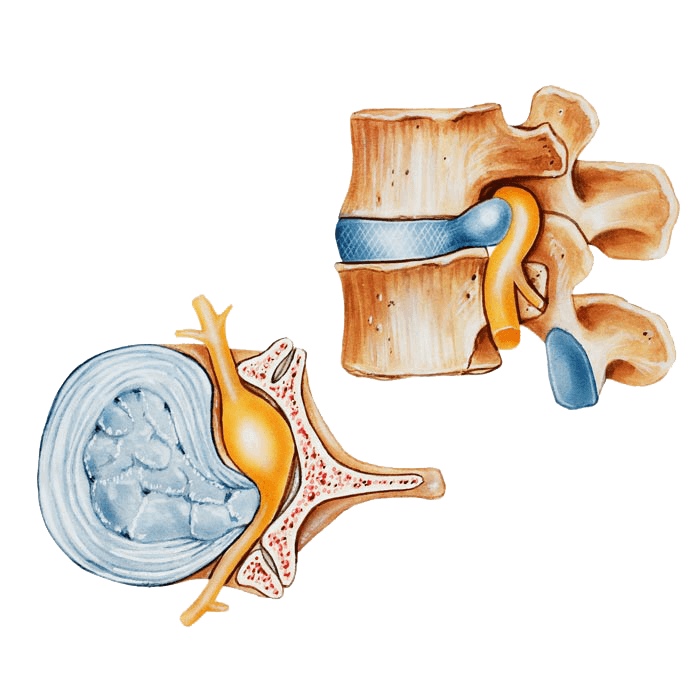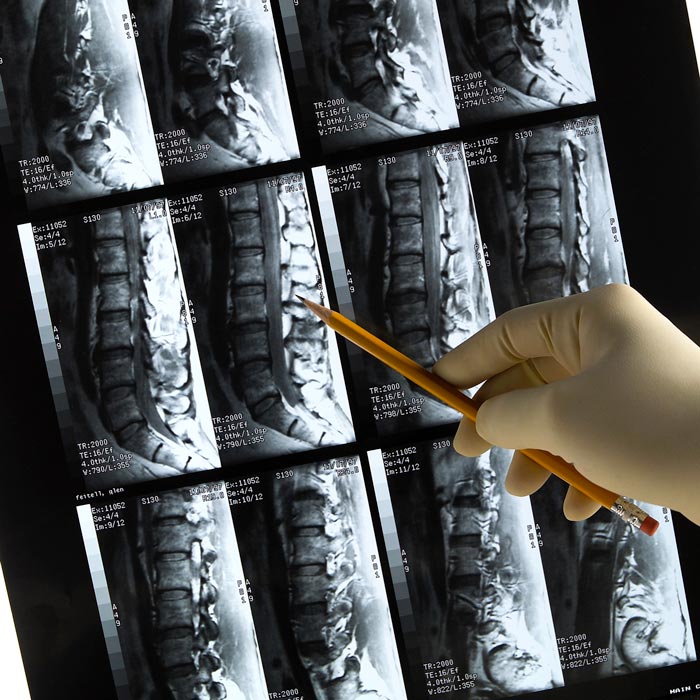Anterior Cervical Corpectomy and Fusion
Anterior Cervical Corpectomy and Fusion in Southlake
By removing vertebral bone and intervertebral disc material from the cervical spine, or neck, an anterior cervical corpectomy and fusion is a surgical treatment to relieve pressure on the spinal cord and spinal nerves.
Anterior cervical corpectomy entails entering the cervical spine from the front side (anterior position) of the neck in order to remove the vertebral bone or disc material. The idea behind spinal fusion is to place a bone graft between the two afflicted vertebral bodies to promote bone development there. The decompression of the neural structures is adequately accomplished with the aid of spinal fusion. In order to support the spine, the bone graft connects the two vertebral bones and grows into a single vertebra. Additionally, it aids in preserving the typical disc height.

What Causes Spinal Nerve Compression?
Spinal nerve compression is a result of degenerative spinal diseases such as herniated discs and bone spurs. Additionally, strain on the spinal nerve structures may also be caused by tumors, infections, or spinal fractures. Neck pain and/or stiffness, weakness, or numbness that extends down to the arms might be brought on by nerve compression in the cervical spine area of the neck.
Following a thorough examination of your spine, medical history, and imaging findings of the cervical vertebrae (such as X-ray, CT (computed tomography) scan, or MRI), your surgeon advises anterior cervical corpectomy and fusion surgery (magnetic resonance imaging). Only when non-surgical therapy options have failed is surgery advised. Your surgeon takes into account a number of variables before considering surgery, including your age, lifestyle, and expected degree of activity after the procedure. Prior to arranging the surgery, it is important to have a full conversation about this treatment option with your surgeon.

What to Expect
Post-Operative
Possible Risks or Complications
Each patient's treatment experience and outcome varies. In order to make an informed decision about whether to proceed with the operation, it is crucial to understand the risks associated with the process. The dangers of spinal surgery include infection, blood loss, blood clots, nerve damage, bowel and bladder issues, in addition to the anesthesia consequences. A major risk of spinal fusion is fusion failure, which necessitates repeat surgery. Fusion failure refers to the failure of the vertebral bones to fuse with the bone transplant.
For a comprehensive description of the indications, clinical outcomes, side effects, warnings and precautions, and other pertinent medical information regarding anterior cervical discectomy with fusion surgery, please seek the counsel of your doctor.

